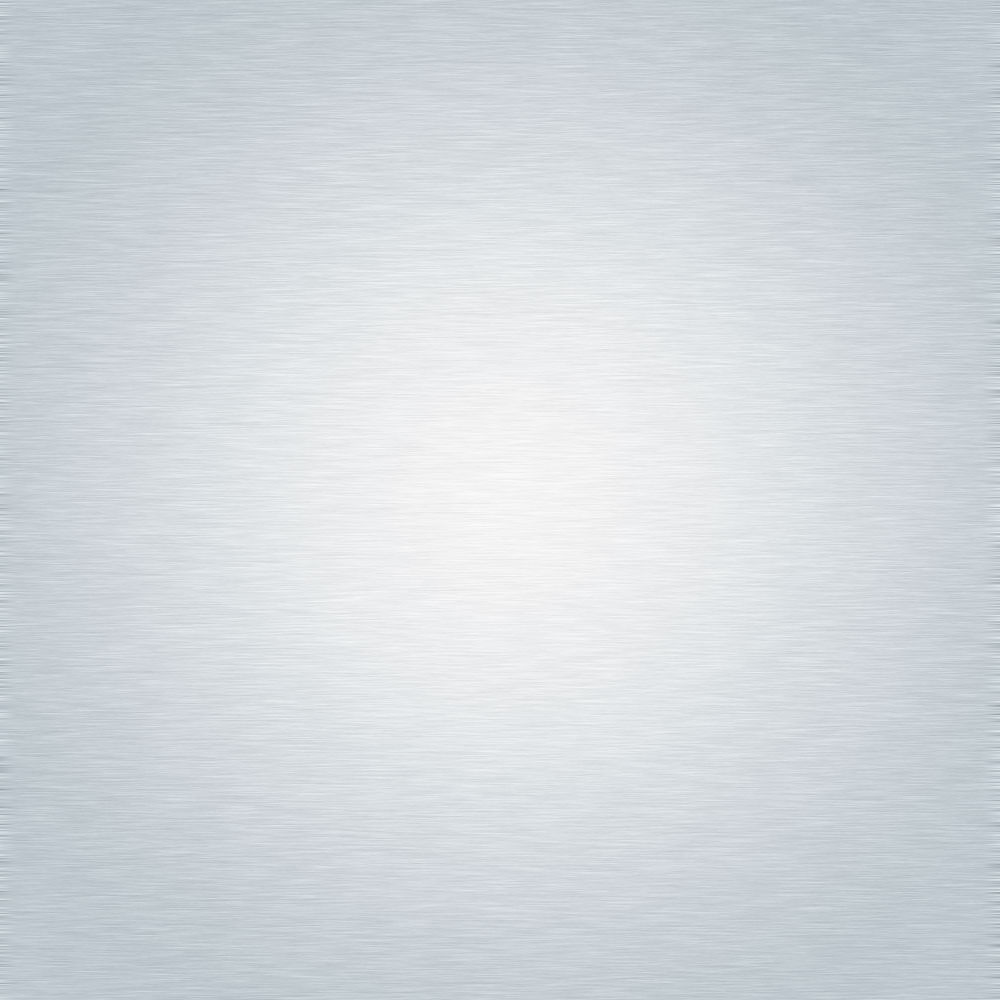

R. EMERJ, Rio de Janeiro, v. 18, n. 69, p. 129-155, jun. - ago. 2015
130
5. Como instrumento para identificar e aquilatar tais circunstâncias,
muito útil seria a aplicação de um “teste de confusão de marcas”, que, por
seu caráter multifacetário, poderia ser denominado
Teste 360°
.
6. Cabe, então, revisitarmos o tradicional exame da “possibilidade
de confusão” lapidado pela doutrina brasileira na década de 1980, agora
com um olhar 360°, sob as luzes das novas técnicas de competição.
Os Testes de Confusão no Direito Comparado
7. A professora Paola Frassi aponta que o
European Court of Jus-
tice
fixou o seguinte modelo para exame da possibilidade de confusão
entre marcas
1
:
a) “The model begins with the statement that the protection of the
mark is tied to the risk of confusion;
b) it continues with the statement that the risk of confusion requires
an overall evaluation, which takes into consideration all pertinent
factors of the case at hand;
c) next is the addition that this evaluation implies a certain interde-
pendence between the factors which enter into consideration and,
in particular, between the similarity of trademarks and that of de-
signated products or services;
d) lastly, it explains that the perception of the trademark made by
the average consumer of the product in question plays a determi-
nantal role in the overall evaluation of the risk of confusion.
e) Once this premise is made, it is possible to enter the evaluation
of the likelihood of confusion between products, which is an abs-
tract one referring to the registration class, and lastly to consider
the appearance of the marks in question.”
8. Em interessante estudo sobre a jurisprudência nos tribunais andi-
nos, Camilo Gómez
2
identifica as “regras tradicionais de confusão marcária”:
1
In
“
The European Court of Justice Rules on the Likelihood of Confusion Concerning Composite Trademarks: Moving
Towards an Analytical Approach”,
International Review of Intellectual Property and Competition Law
, publicado
por Max Planck Institute for Intellectual Property,
Competition and Tax Law
, Munich, volume 37, nº. 4/2006, p. 439.
2
In
“Marcas: Evaluación de La Confusión, Nuevas Reglas”,
Derechos Intelectuales
nº. 14, publicado pela ASIPI,
Editorial Astrea, 2008, p. 200 a 2011.

















